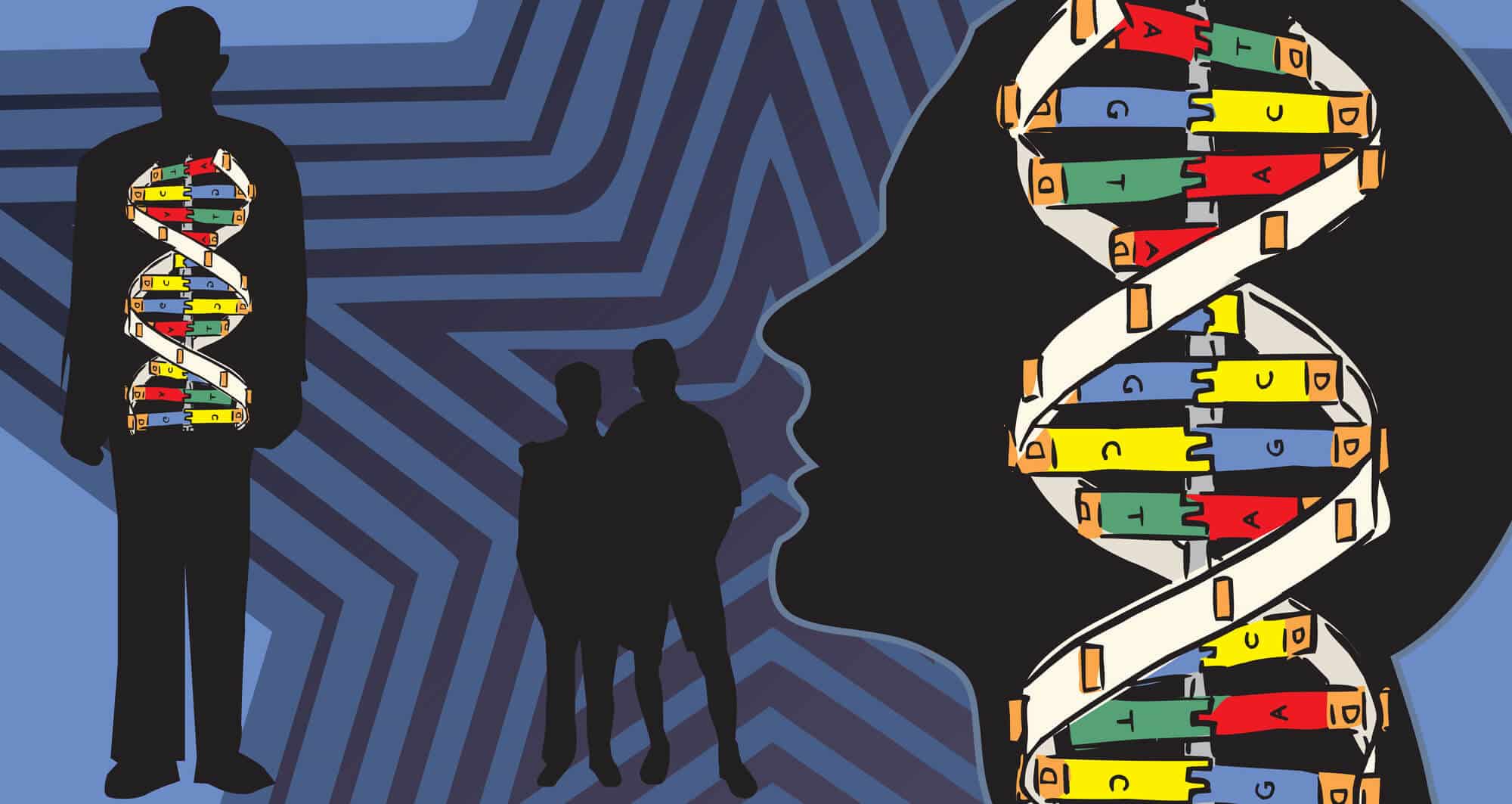The study of genetics has progressed rapidly in recent decades. For example, just a few months ago, the first complete, gap-free sequencing of the human genome was announced. Now the researchers have made progress again and created the first comprehensive functional map of genes expressed in human cells

Scientists ran the single-cell sequencing tool Perturb-seq on all expressed genes in the human genome, and linked each one to its role in the cell.
The study of genetics has progressed rapidly in recent decades. For example, just a few months ago, the first complete, gap-free sequencing of the human genome was announced. Now the researchers have made progress again and created the first comprehensive functional map of genes expressed in human cells.
The Human Genome Project was an ambitious initiative to sequence every part of human DNA. The project involved scientists from research institutes around the world, including MIT's Whitehead Institute for Biomedical Research, and was completed in 2003. Now, more than two decades later, MIT professor Jonathan Weissman and his colleagues have advanced beyond sequence and present the first comprehensive functional map of genes expressed in the human cell. Data from this project, published online June 9, 2022, in the journal Cell, link each gene to its role in the cell, and are the culmination of years of collaboration on the single-cell sequencing method Perturb-seq.
The data is available for use by other scientists. "It's a great resource in the way that the human genome is a great resource, you can go in and do discovery-based research," says Weissman, who is also a member of the Whitehead Institute and a researcher at the Howard Hughes Medical Institute. "Instead of defining in advance which biology is going to be examined, there is this map of genotype-phenotype relationships and you can enter and search the database without having to perform any experiments."
The search allowed researchers to delve into diverse biological questions. They used it to study the cellular impact of genes with unknown functions, study the response of mitochondria to stress and look for genes that cause the loss or addition of chromosomes, a phenotype that was previously difficult to study. "I think this data will enable all kinds of analyzes that we haven't even thought of yet by people who come from other parts of biology," says Tom Norman, senior co-author of the paper.
The project utilizes the perturb-seq approach which allows to follow the effect of switching genes on and off with unprecedented depth. This method was first published in 2016 by a group of scientists that included Weissman and MIT professor Aviv Regev, but it could only be used on small sets of genes and at great expense.
The massive perturb-seq map was made possible by seminal work by Joseph Reflugel, an MD-PhD student in Weissman's lab and co-first author of the current paper. Reflugel along with others and a group at 10x Genomics set out to create a new scale-up version of Perturb-seq. The researchers published a proof-of-concept paper in Nature Biotechnology in 2020.
The Perturb-seq method uses CRISPR-Cas9 genome editing to introduce genetic changes into cells, then uses RNA sequencing at the single-cell level to capture information about the RNAs that are expressed as a result of a given genetic change. Since RNAs control all aspects of how cells behave, this method can help decipher the many cellular effects of genetic changes.
Since their first proof-of-concept paper, Weissman, Regev and others have used this tiling method on a smaller scale. For example, researchers used Perturb-seq in 2021 to study how human genes and viruses interact during infection with HCMV, a common herpes virus.
More of the topic in Hayadan:
